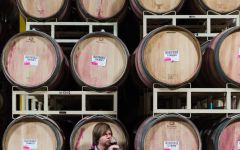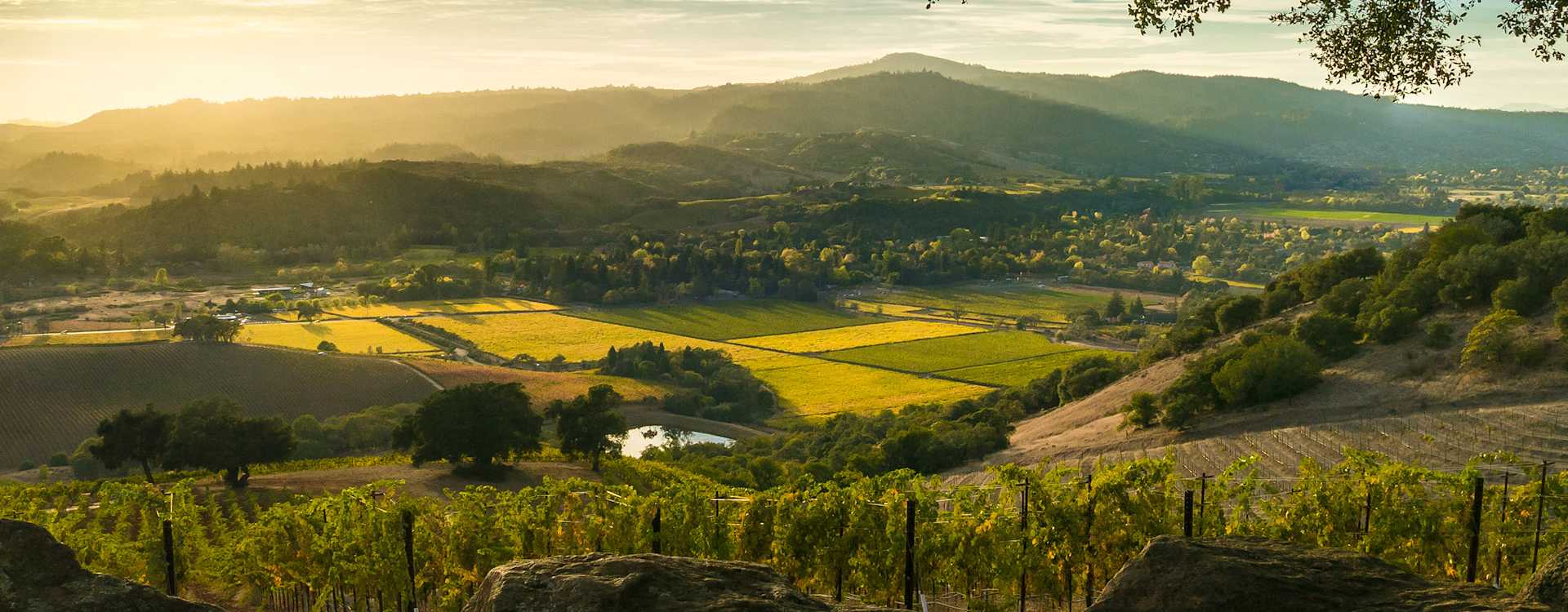Murphy-Goode Liar's Dice Zinfandel 2013
-
Wine
Enthusiast



Product Details
Your Rating
Somm Note
Winemaker Notes
Baby back pork ribs, slow smoked for hours, are always a hit with the Liar's Dice Zin, although it' s hard not to have a winning pair with just about anything coming off the grill or smoker.
Blend: 96% Zinfandel, 4% Petite Sirah
Professional Ratings
-
Wine Enthusiast
With sizable yet soft tannins firmly in place, this wine unleashes substantial flavors of raspberry and prosciutto-wrapped fig. Its seamless texture is dotted in vanilla and smoky meat, ending with plush, round knots of blackberry pie.
Other Vintages
2020-
Wine
Enthusiast
-
Wilfred
Wong
-
Wilfred
Wong
-
Wilfred
Wong
-
Wine
Spectator -
Wine
Enthusiast
-
Wine
Spectator -
Wine &
Spirits
-
Wine &
Spirits
-
Wine &
Spirits
-
Connoisseurs'
Guide
-
Wine
Enthusiast






In the beginning, only the Murphy family's ranch and the Murphy-Goode Vineyard provided the grapes. Over the years, Murphy-Goode Winery steadily increased production, expanding the winery capacity and augmenting the harvest with fruit from the winery's "grower partners," local farmers and neighbors who shared the Murphy-Goode vision.
Initially the partners custom-crushed their grapes at a neighboring winery; consultant Merry Edwards guided the winemaking. After constructing a modest production facility on Tim Murphy's Alexander Valley ranch in 1987, they hired Winemaker Christina Benz. Chris made fifteen vintages of Murphy-Goode wine before turning the winemaking over to David Ready Jr. in 2001.
In recent years, the winery's focus has shifted from primarily white wine to distinctive red wines, particularly Bordeaux blends. Today, Murphy's three sons oversee the vineyards. Dave Ready's two sons make the wine. With exceptional grapes, inspired winemaking and the guiding values of the founding partners, the Murphy-Goode team is entering a fresh, new era of excellence.

Unapologetically bold, spice-driven and jammy, Zinfandel has secured its title as the darling of California vintners by adapting well to the state's diverse microclimates and landscapes. Born in Croatia, it later made its way to southern Italy where it was named Primitivo. Fortunately, the imperial nursery of Vienna catalogued specimens of the vine, and it later made its way to New England in 1829. Parading the true American spirit, Zinfandel found a new home in California during the Gold Rush of 1849. Somm Secret—California's ancient vines of Zinfandel are those that survived the neglect of Prohibition; today these vines produce the most concentrated, ethereal and complex examples.

Home to a diverse array of smaller AVAs with varied microclimates and soil types, Sonoma County has something for every wine lover. Physically twice as large as Napa Valley, the region only produces about half the amount of wine but boasts both tremendous quality and variety. With its laid-back atmosphere and down-to-earth attitude, the wineries of Sonoma are appreciated by wine tourists for their friendliness and approachability. The entire county intends to become a 100% sustainable winegrowing region by 2019.
Sonoma County wines are produced with carefully selected grape varieties to reflect the best attributes of their sites—Dry Creek Valley’s consistent sunshine is ideal for Zinfandel, while the warm Alexander Valley is responsible for rich, voluptuous red wines like Cabernet Sauvignon. Chardonnay and Pinot Noir are important throughout the county, most notably in the cooler AVAs of Russian River, Sonoma Coast and Carneros. Sauvignon Blanc, Merlot and Syrah have also found a firm footing here.
